Search
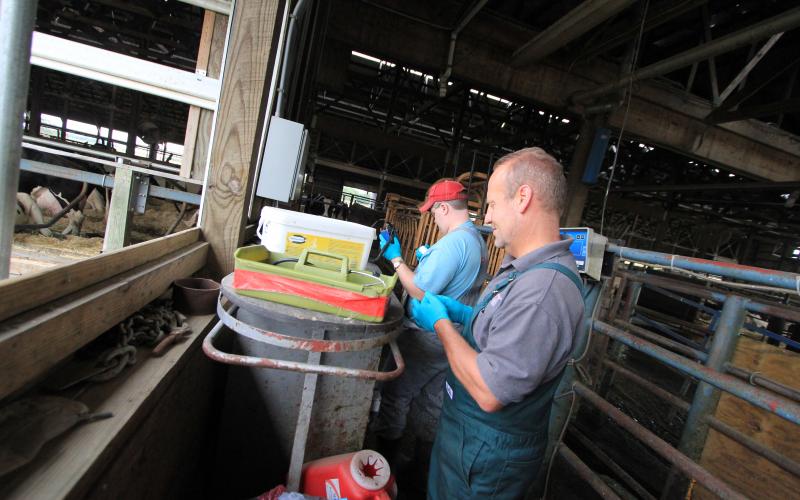
Prevention of Needlestick Injuries in Livestock Production
Within agricultural production a good share of livestock producers perform routine veterinary work themselves. This includes administering vaccinations or treatments for common disease or sickness. A result of performing this type of work there is increased risk for injury do to a needle stick injury.
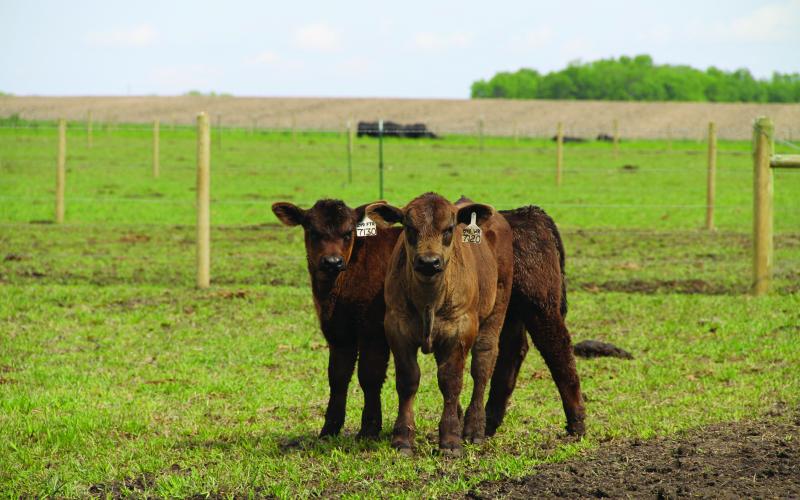
SDSU beef team growing through innovative research, collaboration
September 09, 2024
It’s an exciting time for the South Dakota State University beef team as a core group of longtime faculty and experts is joined by rising stars in their respective disciplines.

Ag Cybersecurity and Social Engineering 101
Social engineering is manipulating individuals to share confidential information and compromise security. By understanding the basics of social engineering, stakeholders can take proactive steps to ensure the resilience of agricultural systems against cyber threats.

What should you do before or after any cyber security breaches?
Preparation is critical for managing cybersecurity breaches in agriculture, where digital tools and data are increasingly integral to operations. Learn what you can do before, during, and after a security breach to protect your operation in the event of a breach.
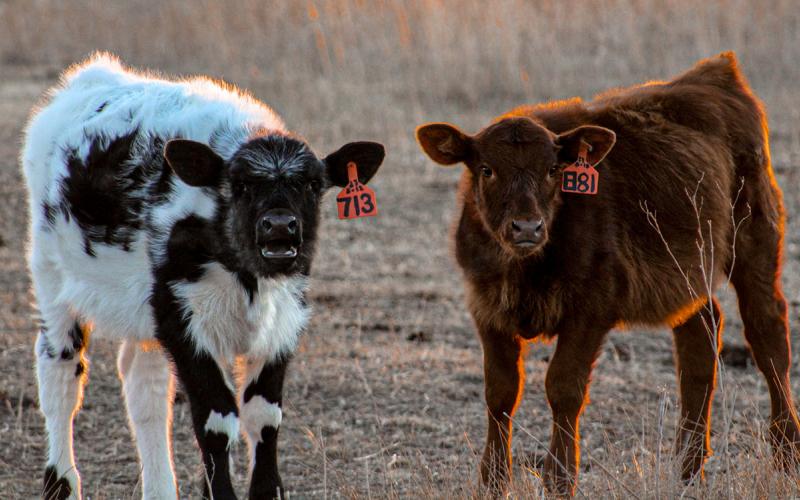
Combatting Drought Conditions With Early Weaning
Producers experiencing drought conditions should consider early weaning to reduce fall grazing pressure and facilitate some pasture recovery before dormancy.
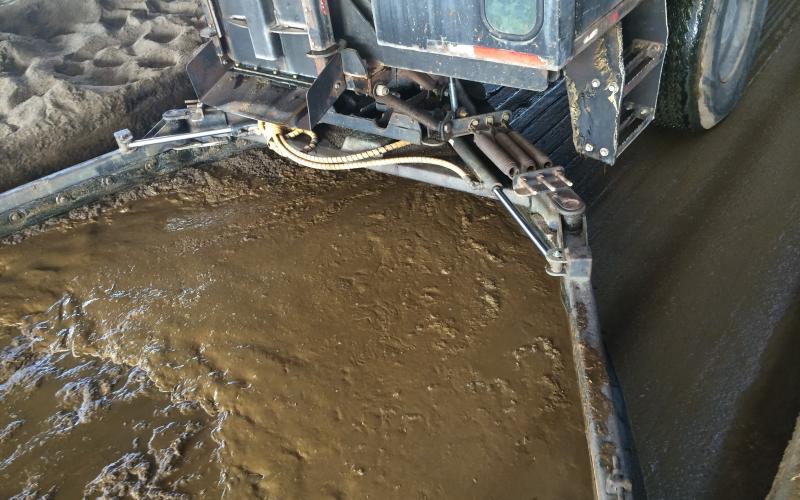
Understanding Manure Storage System Safety Risks
Many producers know and understand the risks associated with confined manure handling systems, but accidents and deaths still occur because unwarranted risks are taken as manure is being handled and removed from the systems.
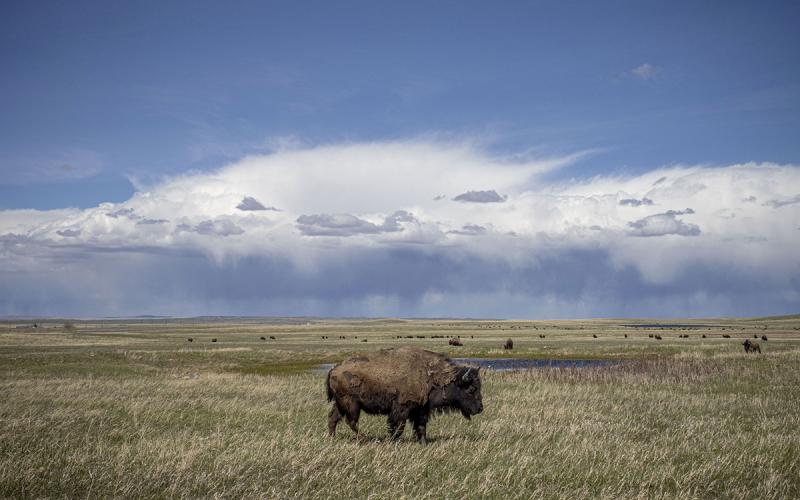
Climate Toolbox How-To: Preparing Your Ranch for Future Climate Scenarios
This article explores practical insights and tools offered in the Climate Toolbox that equip bison ranchers to make informed decisions in ranch planning, grassland management, and parasite control.
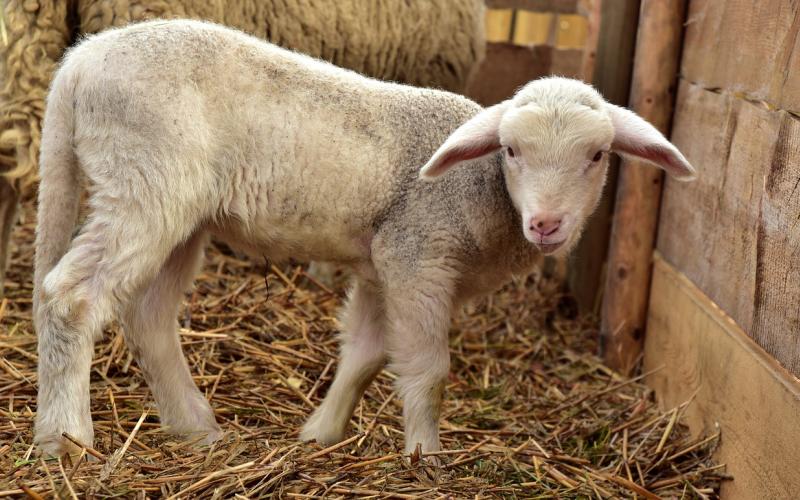
Lamb Cut Pricing Calculator
Calculator to help estimate the cost to feed a lamb to harvest weight and breakeven required by selling lamb cuts.
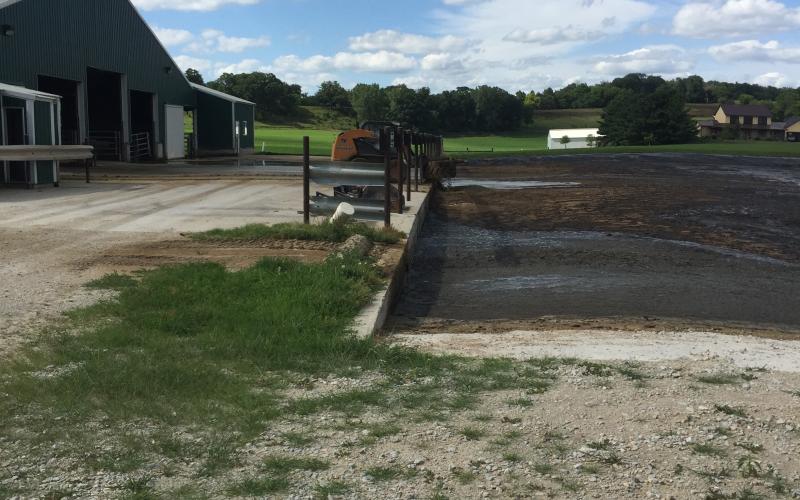
Putting Manure Handling Safety Into Practice
As livestock producers, we should know the dangers of manure pit gases. As safety equipment improves with advancements in technology, we must provide training on proper manure handling safety protocols and the use of equipment.
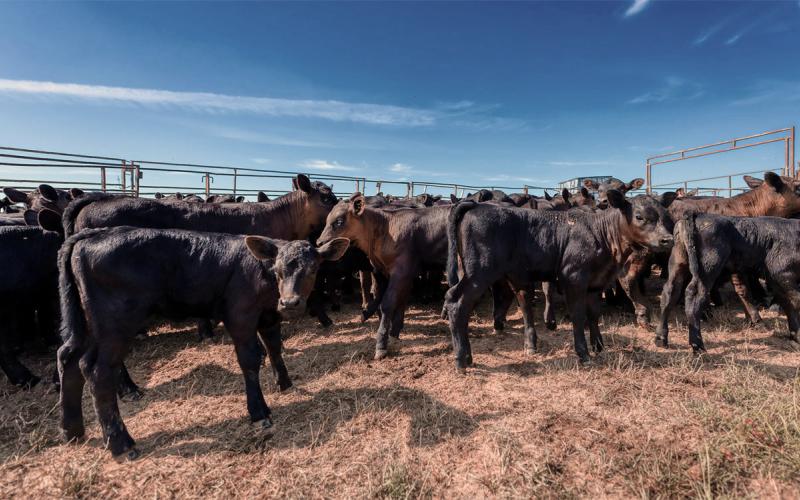
Registration open for SDSU Extension Calf Value Discovery program
September 18, 2024
Cow/calf operators can gain valuable information to improve their operations by participating in the program. To participate, producers consign a minimum of five steer calves weighing 500 to 800 pounds.